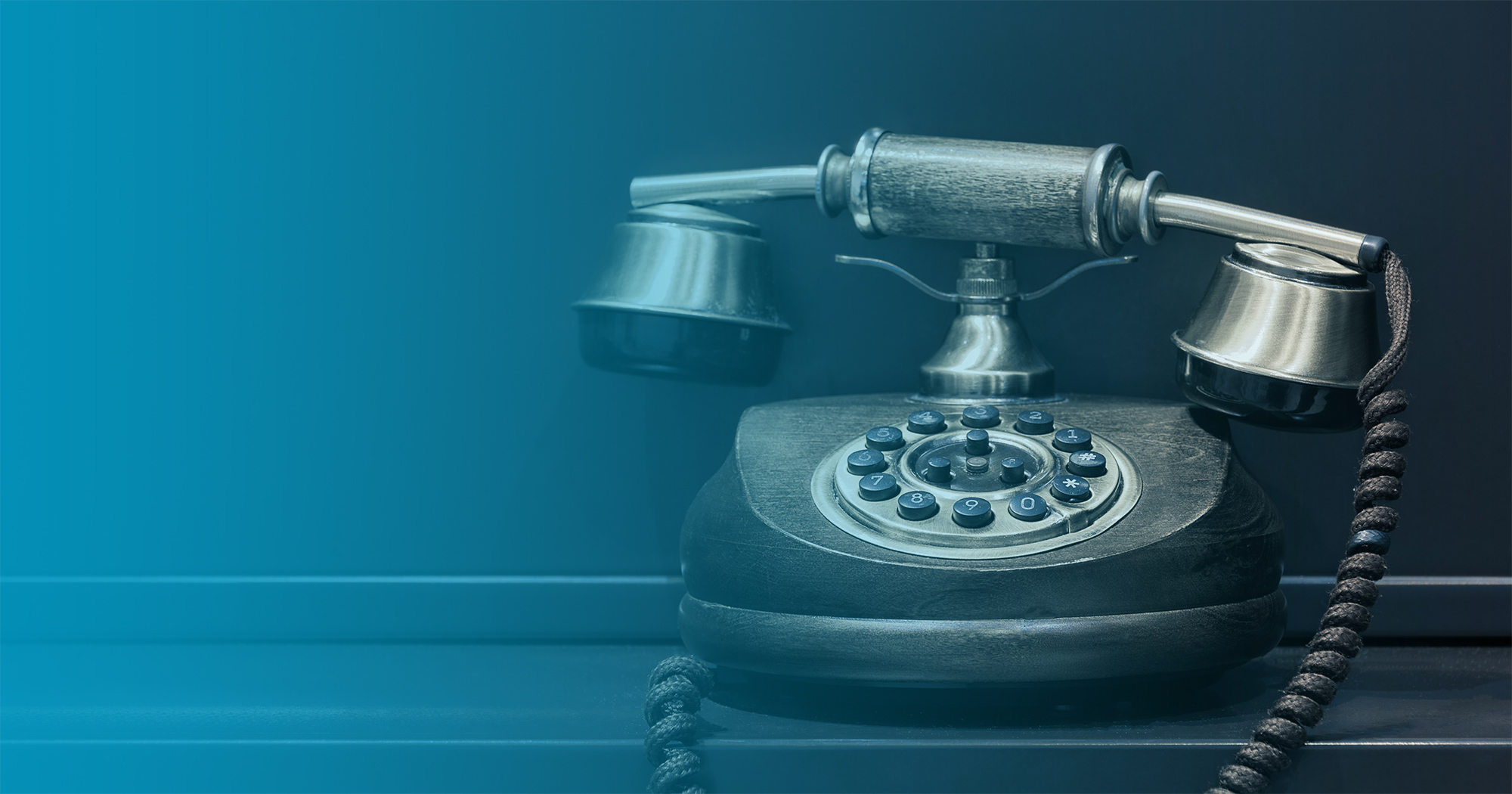The Art of the Phone Call

Posted By Matt McCarthy on December 19, 2018
As communications consultants, we deliver value to clients in a variety of ways, but the most notable is the relationships we’ve built with the media.
Of course, the best way to foster these connections is face-to-face. But these days, we also have no shortage of options to reach journalists and influencers to build and nurture those relationships: Twitter, LinkedIn, text, and of course the old, reliable email. But even with all that modern tech has to offer, the best — and most direct — way to engage a journalist is still the good, “old-fashioned” phone call.
Making the call is the most important part of the media pitching process, but it’s more than just finding the phone number and daring to dial. This vital communication takes homework, skill, and an honest effort to do it correctly.
To make the most of your calls, keep these best practices in mind the next time you dial:
Always Email First
The best way to cut through a reporter’s inbox and get them to actually read your email is to follow up via phone and indicate the pitch is in their email. Once you have them on the line, have your elevator pitch ready: Is it breaking news? Does this news directly impact the audience the reporter writes for? You need to get to the point as soon as possible because you never know how much time a reporter has to talk.
Of course, there’s an exception to every rule. There may be times that you should call a journalist without sending an email (i.e. to determine the status of an ed cal item or contributed content guidelines), but if you are pitching as part of an organized campaign, you should always try to send an email first.
Follow up. Follow up. Follow up.
Recently overheard at an industry event was the emerging trend that agencies are moving away from phone pitching. It's presumably rooted in the belief journalists hate to talk to public relations reps, and if the email pitch doesn’t receive a response, there’s no interest. I couldn’t disagree more. The follow-up phone call is essential. I do it with every pitch I send out because journalists can easily overlook an email, and it is my job to make sure they see it.
I recently made a follow-up call to a prominent business radio program. The show has a segment discussing companies and the local business community with local CEOs. My client’s CEO was an ideal guest. His company had just posted some great earnings, and he had a lot of great things to say about his industry. But after my email pitch? Crickets.
So I called. A lot. Finally, I got the show’s host on the phone. He hadn’t seen my email pitch, but agreed that my client would be great and promptly scheduled the interview. Since then, I’ve booked three other clients on his show because of that one phone call. I earned his trust — on the phone.
Avoid Leaving Voicemails
Getting a journalist live on the phone can be challenging, and you can often find yourself on the line leaving a voicemail over and over again. You should refrain from leaving more than one message. Multiple voicemails are guaranteed to anger members of the media. It’s OK to make multiple calls (especially when breaking news is happening), but as a general rule, you should only leave one voicemail.
Read the Room
Journalists are not always going to be happy to hear from you. It’s a hard truth, but an important one. A former colleague of mine was told by a journalist to never call him again... for anything. His is an extreme example but an important on
If they pick up the phone, it usually means they have a few minutes to chat. So do your best and try to gauge your subject. Do they seem to be in a bad mood or rushed for time? Consider these scenarios:
- If you have an existing relationship, you may try a little humor to help lighten their mood.
- If they are pressed for time, let them know you realize they are busy and you do not what to take up too much of their time and have your elevator pitch ready.
- If they don’t have the time to talk, ask them for a better time to call back. This shows you are respectful of their time and most journalists will let you know when is a better time to talk.
Choose Your Time Wisely
Timing is everything, but knowing “when” to call is a tricky one. Generally speaking, Fridays are great days to call journalists because many of them have wrapped their stories for the week and are starting work on their articles for the upcoming week and are more likely to answer their phones.
Prepare for Rejection (and Be Ready to Pivot)
It’s true, in some instances a journalist has already seen your pitch and didn’t respond because they’re not interested. Don’t take it personally. All feedback is valuable and better prepares you how to target them the next time.
Also, always be prepared to pivot. This is an opportunity to ask the journalist what they are working on and if they need any industry sources to help them complete a story. It sounds simple, and it is, but you can find valuable opportunities for your client by doing this. All you need to do is ask.
Ultimately, we owe it to our clients to do our best to reach the journalists that matter most to them. Picking up the phone is part of the job, and we all need to make the effort.
Hopefully, these best practices will make your next pitching campaign more successful and will give you more confidence when speaking with journalists. Now, start dialing those digits!



